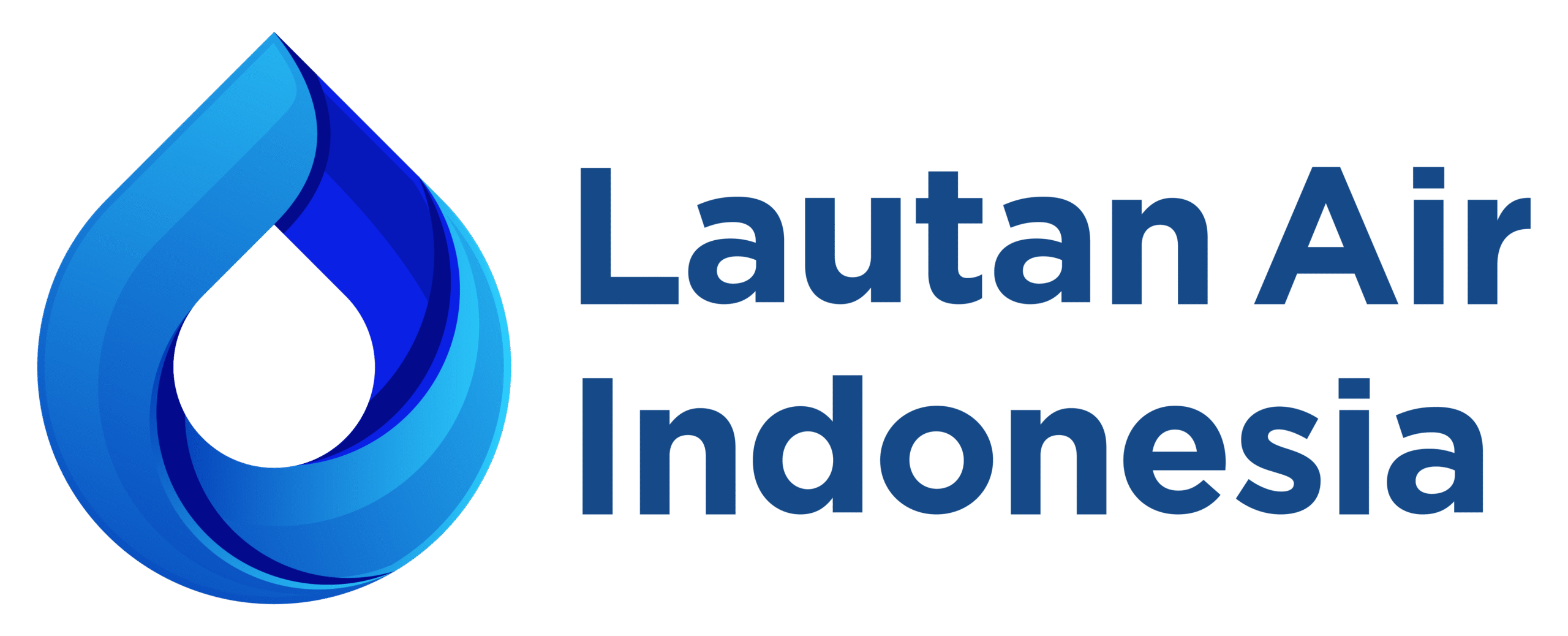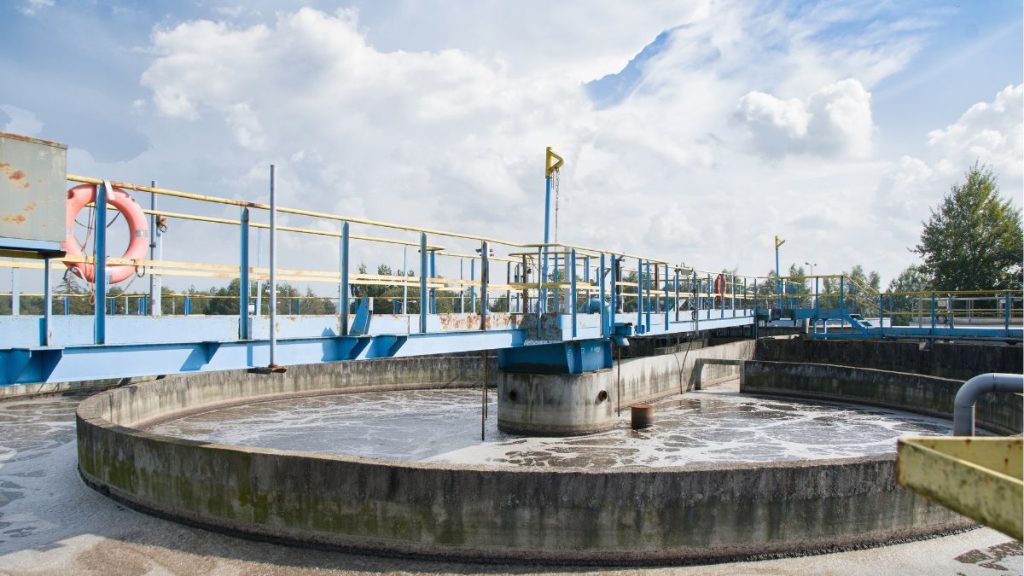In modern wastewater treatment systems, phosphorus removal is a crucial process that cannot be ignored. Although phosphorus is an essential element for life, its presence in wastewater in high amounts can have serious impacts on aquatic environments and reduce the effectiveness of water treatment systems.
Why Must Phosphorus Be Removed from Wastewater?
Phosphorus in wastewater typically comes from detergents, domestic waste, food industry waste, and agricultural waste. Although naturally occurring, excess phosphorus in water bodies can cause various negative impacts.
1. Impact of Eutrophication
The main reason why phosphorus must be removed from wastewater is because of its role in causing eutrophication, a condition in which water bodies such as rivers, lakes, or oceans experience an excess of nutrients, especially nitrogen and phosphorus. These nutrients trigger excessive algae growth (algal blooms), which then disrupt aquatic ecosystems.
When algae die and decompose, oxygen in the water is absorbed, causing oxygen deficiency (hypoxia). This results in fish kills, changes in the food chain, and the destruction of natural habitats.
2. Environmental Regulations
Many countries, including Indonesia, have implemented strict limits on phosphorus concentrations in wastewater. These regulations are in place to protect water quality and environmental sustainability. Therefore, wastewater treatment plants are required to have systems capable of reducing phosphorus levels below the permitted threshold.
3. Effects on Treatment Plant Operations
Uncontrolled phosphorus in wastewater treatment systems can also lead to the formation of struvite, a magnesium-ammonium-phosphate-based deposit that hardens on pipes, pumps, and equipment. This can reduce operational efficiency and increase maintenance costs.
Read Also: Aerobic Anaerobic Wastewater Treatment: Definition, Systems, and Comparison
How to Remove Phosphorus from Wastewater?
Phosphorus removal from wastewater is carried out through two main approaches: chemical phosphorus removal and biological phosphorus removal. The choice of method depends largely on the characteristics of the wastewater, the final water quality objectives, and the desired operational efficiency.
1. Chemical Phosphorus Removal
Chemical methods are the most widely used techniques due to their ability to reduce phosphorus quickly and efficiently.
Working Principle:
Phosphorus is precipitated through a chemical reaction between phosphate ions and metal compounds such as aluminum (Al), iron (Fe), or calcium (Ca). The most commonly used chemical compounds include:
- Alum (Aluminum Sulfate)
- Ferric Chloride (FeCl₃)
- Ferrous Sulfate (FeSO₄)
Process:
Chemicals are added to wastewater at specific points such as the aeration tank, secondary clarifier, or post-treatment tank. The resulting reaction forms insoluble phosphate compounds that can be precipitated as sludge. The sludge is then treated in a sludge treatment unit.
Advantages:
- Quickly and effectively reduces phosphorus concentrations.
- It can be implemented in existing treatment plants with minimal modifications.
Disadvantages:
- Increases the volume of sludge that must be handled.
- High operational costs due to the continuous use of chemicals.
- Potential increase in TDS (Total Dissolved Solids) in treated water.
2. Biological Phosphorus Removal
Biological methods utilize certain microorganisms, specifically phosphate-accumulating organisms (PAOs), which are capable of absorbing more phosphorus than they need for growth.
Working Principle:
PAOs absorb phosphate from water under aerobic conditions and store it as polyphosphate within their cells. This process is preceded by anaerobic conditions to activate bacterial metabolism. The absorbed phosphorus is excreted along with the activated sludge during the sludge wasting process.
Process:
- Anaerobic zone: Bacteria release phosphate to obtain energy.
- Aerobic zone: Bacteria absorb large amounts of phosphate.
- Sludge wasting: Phosphorus-containing sludge is removed from the system.
Advantages:
- Environmentally friendly and does not require additional chemicals.
- Does not increase TDS.
- Lower sludge volume than chemical methods.
Disadvantages:
- More complex process control (requires anaerobic and aerobic zones).
- Requires longer time and high sensitivity to changes in load and temperature.
Read Also: Microorganisms in Wastewater Treatment: A Vital Role in the Wastewater Treatment Process
Chemical vs. Biological: Which is More Efficient?
| Aspect | Chemical Removal | Biological Removal |
| Effectiveness | Very effective in the short term | Effective if biological conditions are optimal |
| Operational Cost | High (depends on chemical usage) | Lower in the long run |
| Chemical Usage | Yes | No |
| Sludge Production | High | Lower |
| Operational Complexity | Low | High (requires microbiological control) |
| Environmental Impact | Potential to increase TDS | More environmentally friendly |
In practice, many wastewater treatment facilities use a combination of both methods to achieve maximum efficiency and ensure that the output water quality meets quality standards.
Comprehensive Support for Phosphorus Reduction
As a company with more than four decades of experience in water and wastewater treatment, Lautan Air Indonesia provides comprehensive solutions for phosphorus removal needs, both industrial and municipal.
Services and Solutions We Offer:
1. System Consultation and Design
We assist customers in designing optimal wastewater treatment systems tailored to their wastewater characteristics and treatment objectives.
2. Supply of Treatment Chemicals
Lautan Air Indonesia produces and supplies various types of coagulants, such as:
- Poly Aluminum Chloride (PAC)
- Ferric Chloride
- Aluminum Sulfate
All of our products have been tested and are manufactured locally in factories across Indonesia, ensuring continuity of supply and cost efficiency.
3. Supporting Technology and Equipment
We provide equipment such as:
- Automated chemical injection systems
- Advanced clarifiers and filtration
- SCADA & IoT control systems
4. Operation and Maintenance (O&M)
Lautan Air Indonesia’s O&M services ensure that the Phosphorus Removal system operates optimally and complies with applicable environmental regulations.
5. System Audit and Optimization
We also provide audits of existing wastewater systems to evaluate phosphorus removal efficiency and recommend corrective measures.
If you are facing challenges managing phosphorus levels in your wastewater treatment plant, Lautan Air Indonesia is ready to be your trusted partner. We provide integrated, efficient, and environmentally compliant phosphorus removal solutions.
Contact us now for a free consultation and the best solution for your wastewater treatment.



